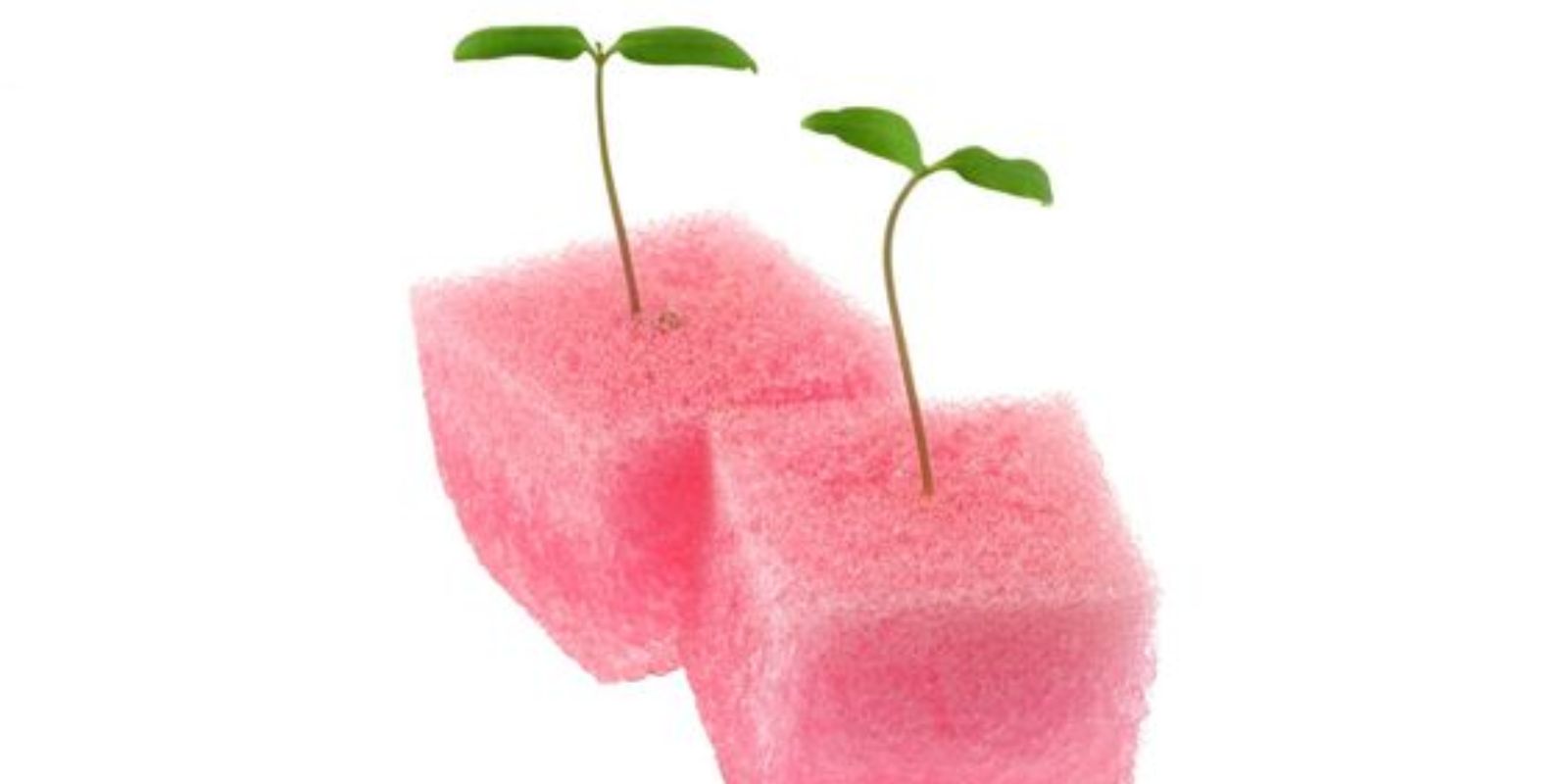In the quest for sustainable living and eco-friendly practices, even the most mundane household items can become valuable resources. Used kitchen sponges, often dismissed as waste, are one such item that can be repurposed effectively to benefit your houseplants and garden. By recycling sponges, you not only reduce waste but also enhance the health and growth of your plants. In this article, we will explore how used sponges can be transformed into a golden resource for your plants, providing a practical guide on how to utilize them for improved soil health and water retention.
Introduction
Kitchen sponges are a staple in every household, essential for cleaning dishes and surfaces. However, once they’ve served their purpose, they often end up in the trash. Instead of discarding them, consider their potential as a valuable addition to your gardening toolkit. Used sponges can be effectively repurposed to improve soil structure, enhance water retention, and reduce the frequency of watering. This sustainable approach not only benefits your plants but also contributes to environmental conservation by minimizing waste.
Why Recycle Used Sponges?
**1. *Waste Reduction:* Recycling sponges helps reduce household waste and the environmental impact associated with disposing of used materials.
**2. *Enhanced Soil Health:* Sponges can improve soil structure by increasing aeration and water-holding capacity, leading to healthier plants.
**3. *Cost-Effective:* Utilizing used sponges is a budget-friendly way to enhance your garden or indoor plant care without additional expenses.
**4. *Eco-Friendly:* This practice aligns with sustainable gardening principles, promoting a greener approach to plant care.
Materials Needed
To get started with recycling used sponges for your plants, gather the following materials:
- Used kitchen sponges (cleaned and free from food residues)
- Scissors or a knife
- Potting soil or garden soil
- A container or garden bed for mixing
Step-by-Step Guide
1. Clean the Sponges
- Rinse Thoroughly: Begin by rinsing the used sponges under running water to remove any leftover food particles, soap, or cleaning agents. It’s essential to ensure that the sponges are clean to avoid introducing any unwanted chemicals into the soil.
- Sanitize (Optional): For added peace of mind, you can sanitize the sponges by soaking them in a solution of water and vinegar or by placing them in the dishwasher. This step is optional but can be beneficial for eliminating any potential pathogens.
2. Cut the Sponges
- Prepare for Mixing: Once the sponges are clean, use scissors or a knife to cut them into small pieces or strips. The size of the pieces will depend on your preference, but smaller pieces generally integrate better into the soil.
- Uniform Size: Aim for uniform sizes to ensure even distribution throughout the soil. This will help in achieving consistent results and avoid clumping.
3. Prepare the Soil
- Select Soil Type: Choose a potting mix or garden soil that suits your plants’ needs. For indoor plants, a good-quality potting mix will work well. For outdoor gardens, any well-draining garden soil can be used.
- Mix with Soil: Combine the cut sponge pieces with your soil. The general ratio is about 10-20% sponge pieces to 80-90% soil. Mix thoroughly to ensure an even distribution of the sponge pieces throughout the soil.
4. Apply to Plants
- Indoor Plants: For houseplants, gently mix the sponge-infused soil into the existing potting soil. Alternatively, you can add the sponge pieces to new pots when repotting your plants.
- Garden Beds: For garden beds, incorporate the sponge pieces into the soil before planting. This can be done by turning the soil and mixing in the sponge pieces to a depth of about 6-8 inches.
5. Water Regularly
- Initial Watering: After mixing the sponges with the soil, water the plants as usual. The sponges will help retain moisture and distribute it evenly throughout the soil.
- Monitor Moisture: Keep an eye on the moisture levels in the soil. The sponges will help reduce the frequency of watering by retaining water, but it’s important to ensure that the soil remains adequately moist.
Benefits of Using Recycled Sponges
**1. *Improved Water Retention:* The sponge pieces act as a sponge themselves, absorbing and holding water. This helps prevent soil from drying out too quickly and reduces the need for frequent watering.
**2. *Enhanced Soil Aeration:* Sponges create air pockets within the soil, improving aeration and root oxygenation. This promotes healthier root development and overall plant growth.
**3. *Reduced Soil Compaction:* By adding sponge pieces to the soil, you can prevent compaction and improve soil structure. This allows for better root penetration and nutrient uptake.
**4. *Eco-Friendly Gardening:* Recycling sponges aligns with sustainable gardening practices by reducing waste and repurposing materials that would otherwise be discarded.
Tips for Success
- Regular Maintenance: Regularly check the condition of the sponges and soil. Replace or add new sponge pieces as needed to maintain soil health.
- Avoid Overuse: While sponges are beneficial, using them in moderation is key. Excessive amounts can lead to overly moist soil conditions, which may affect plant health.
- Observe Plant Response: Pay attention to how your plants respond to the sponge-enriched soil. Adjust watering and soil conditions based on their growth and needs.
Conclusion
Repurposing used kitchen sponges into a valuable resource for your plants is a creative and sustainable approach that benefits both your garden and the environment. By following the simple steps outlined in this article, you can enhance soil health, improve water retention, and reduce waste in your gardening practices. Embrace this eco-friendly method and give your plants the boost they need to thrive.
So, the next time you reach for a new sponge, remember the potential of the used ones you’re about to discard. Turn them into a golden resource for your plants and watch your garden flourish. Happy gardening and happy recycling! 🌿💧

